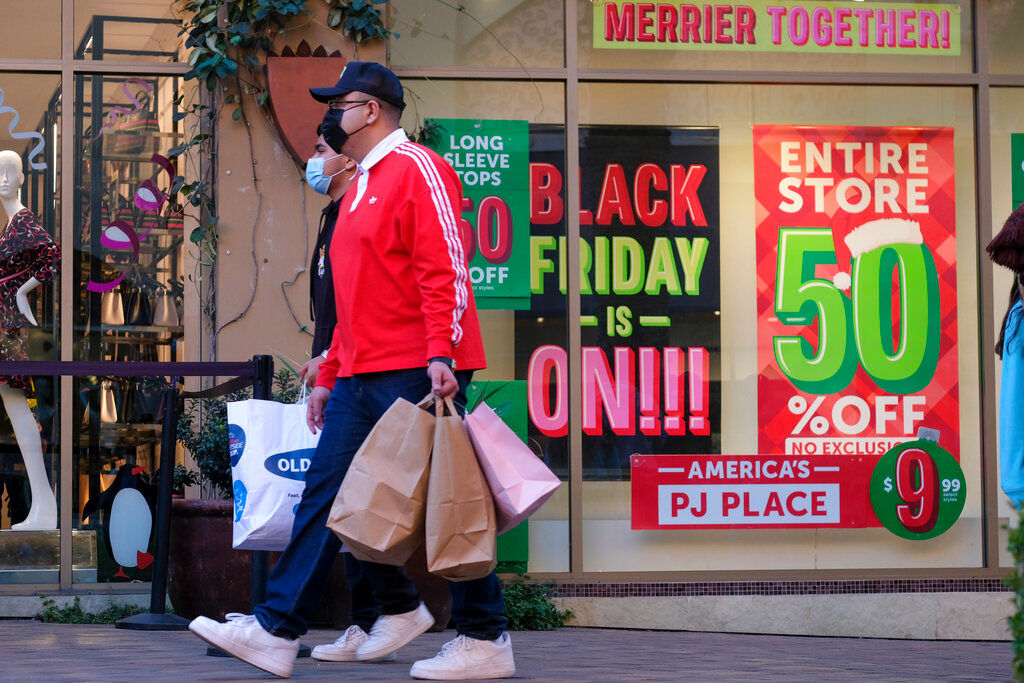On Black Friday, bargain hunters braved the cold winters to buy Christmas gifts, only to discover that many US retailers offered relatively small price reductions this year due to limited supplies.
The day after the US Thanksgiving holiday, which kicks off the year-end holiday shopping season, crowds thinned due to COVID fears and fewer “doorbuster” sales.
The World Health Organization, on the same day, dubbed the newly discovered omicron coronavirus variant as a “variant of concern”, causing widespread panic and a stock market selloff in the United States.
Also Read | Thieves organise flash mob, steals at high-end Bay Area stores amid trend
According to Cowen analysts, stores on Black Friday had the lowest level of clearance merchandise for sale in at least five years, Reuters reported. Rather than going inside stores, many shoppers chose to pick up items from the curb.
According to Mastercard SpendingPulse, Black Friday retail sales grew 29.8% compared to 2020 as of 3 pm ET.
Because of their buy-online-pick-up-in-store services, Walmart and Target were expected to outperform other retailers, Cowen said in a note. Over 18,000 “drive-up” parking spaces were added to Target this year, more than doubling the number of spots from the previous year. The most popular Black Friday deals, according to the company, included a KitchenAid professional stand mixer for $219.99 (regularly $429.99) and up to $60 off Apple Watches and AirPods.
Also Read | When is Black Friday 2021? All you need to know
Because of strict inventory and increased costs for raw materials, freight, and labour, several retailers, including Walmart, Target, and Best Buy, are expected to report lower fourth-quarter profit margins. “Even though the holiday season should be okay from a sales standpoint — because retailers are discounting less — the margins won’t necessarily be higher because of inflation,” Sucharita Kodali, a Forrester Research analyst, told Reuters.
Consumers in the United States are heading into the holiday season rolling in money, thanks to a still-hefty savings pile from multiple rounds of government pandemic relief and double-digit wage hikes as businesses compete for employees. Yet retailers had enticed customers to make holiday purchases as early as September this year, owing to a supply chain logjam that prevented them from restocking year-end merchandise quickly.
People had already spent 80% to 85% of their holiday gift budgets before Black Friday, according to a Deloitte survey. According to the Adobe Digital Economy Index, online sales are expected to reach a new high of $207 billion in November and December, up 10% from previous year. The National Retail Federation predicts that combined brick-and-mortar and online holiday sales will total $843.4 billion to $859 billion, up 8.5% to 10.5% from last year.
According to Adobe, electronics, which are in short supply due to a global chip shortage, had the highest out-of-stock levels, followed by personal care and home and garden. Out-of-stocks were up 261% in November compared to the same period last year.







